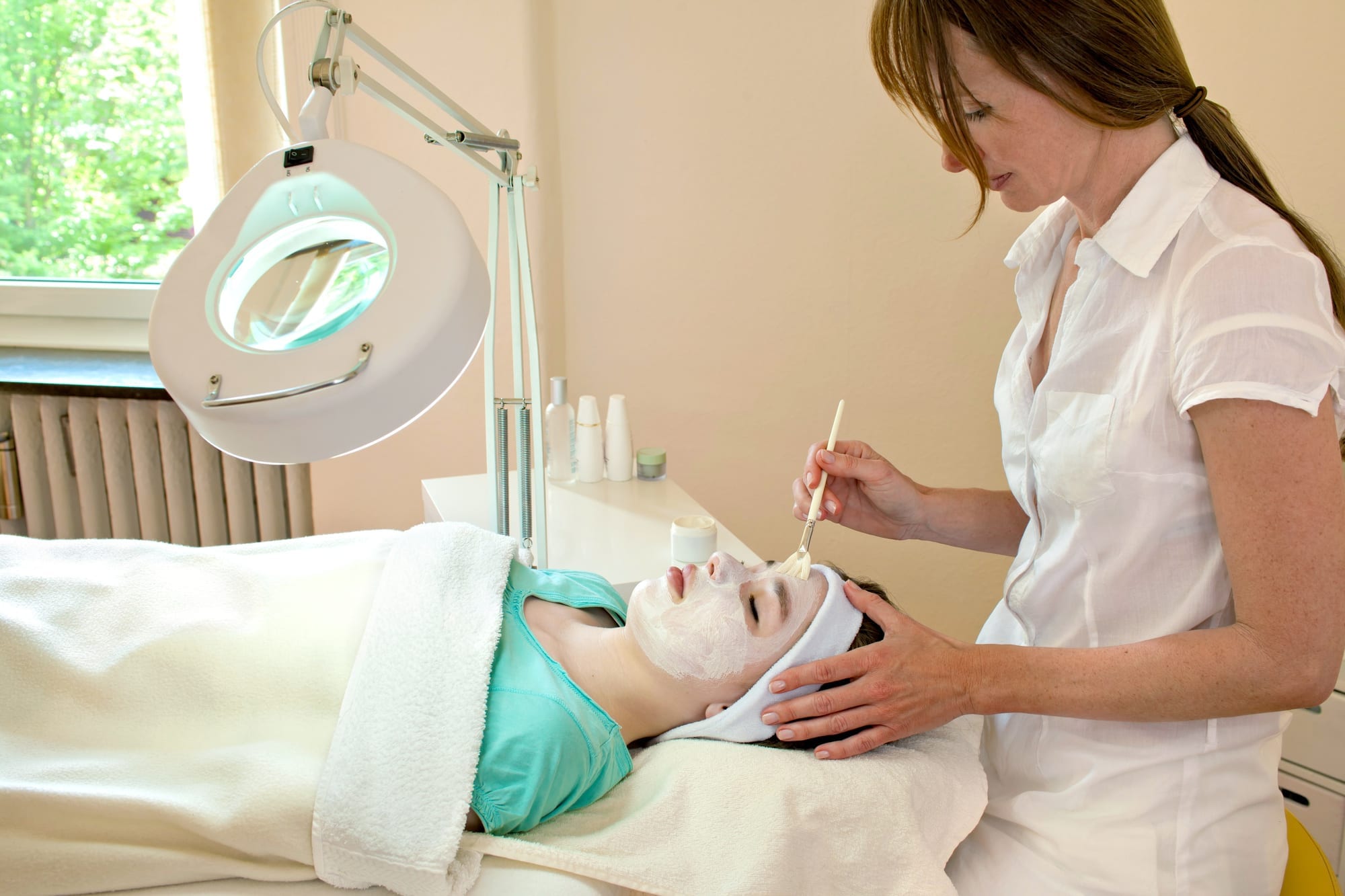
A Beginner’s Guide to Chemical Peels
Everyone wants to look their best, right? You try to eat the right kinds of foods, get plenty of sleep and exercise, stay out of the sun, and use products that are good for your skin. And yet these things are often not enough to prevent your skin from ageing.
Using chemicals peels is a solution to looking younger that continues to grow in popularity. These treatments peel away damaged skin to expose healthy skin, leaving it looking younger and healthier.
But what exactly are chemical peels? Let’s take a closer look to see if these treatments might be right for you.
A Beginner’s Guide to Chemical Peels
You’ve heard about chemical peels. But what exactly are they used for? Read this beginner’s guide to learn all about chemical peels.
What is a Chemical Peel?
A chemical peel is basically a skin exfoliant, typically with a pH that’s around 2.0. This is important because when the pH of a chemical solution is 2.0 or less, the entire percentage of acid in the product is free to exfoliate the skin. But if the pH is raised even slightly higher than 2.0, the exfoliation process will not work as well.
What Does a Chemical Peel Do?
Quite simply, it makes your skin look younger and sexier!
Some of the benefits include unclogging pores, reducing acne scarring, deep chemical exfoliation, facial rejuvenation, and the treatment of skin discolouration such as hyperpigmentation.
Types of Chemical Peels
Here are the three types:
Superficial Peels
Superficial peels are the most common of the three and are popular because they require little to no downtime. Also known as “lunchtime” peels, there is minimal penetration and thus the perfect solution for exfoliating mild skin problems like minor discolouration. Lactic, mandelic and low-strength salicylic acids are typically used for superficial peels.
Medium Peels
This type of peel penetrates more deeply than superficial peels, targeting damaged skin cells, and is best suited for skin conditions like fine lines, wrinkles, age spots, discolouration, and superficial scarring.
Medium peels are sometimes used for treating precancerous skin growth.
This category of peel includes TCA, Jessner and high-percentage glycolic acid.
Deep Peel
A deep peel penetrates the middle layer of skin much more deeply than the other two varieties of peels. This is effective for targeting damaged skin cells, skin discolouration, deep wrinkles, and moderate to severe scarring.
Examples of deep peels include phenol chemical peels and high-percentage TCA, and should only be done by a professional, never at home.
What Kind of Chemical Peel Ingredients are there?
Here is a list of common chemical peel ingredients.
Enzyme Peels
This fruit derivative is the lightest peel and is great for sensitive skin and those with an intolerance to acids. It removes dead skin and refines pores.
Lactic Acid
This is another peel that is gentle and lightweight. It helps to smooth minor wrinkles and is more effective in treating hyperpigmentation and other discolouration than glycolic acid.
Mandelic Acid
Mandelic acid helps with fine lines & wrinkles, improves skin texture, and can be very beneficial for acne and hyperpigmentation.
Glycolic Acid
A glycolic acid peel increases collagen production, refreshes and brightens skin tone, and is excellent for reducing acne scars.
Salicylic Acid
This peel is not only the best for treating acne, but it’s also oil-soluble, and thus extremely effective for clearing congested pores. Unlike glycolic acid, it doesn’t increase sensitivity to the sun.
TCA
Trichloroacetic acid is a medium-strength peel and by far the strongest on this list. It’s highly effective for sun damage, stretch marks, acne scars, and hyperpigmentation, but should be taken very seriously and never used at home.
Jessner’s Peel
Jessner’s peel is medium-strength and great for oily skin and hyperpigmentation. But it should be avoided for anyone with dry or sensitive skin. It will typically cause parts of the skin to turn white due to exfoliation, and downtime is generally a couple days to a week.
Side Effects
The side effects you might experience depend largely on the type of peel used. Lightweight peels generally have few if any side effects. There might be some redness, but that should subside within a couple of hours.
Stronger peels can cause skin peeling and redness that last anywhere from 7 to 10 days, so schedule it knowing that you may spend a few days at home following treatment.
What to do at Home Following a Chemical Peel
When you’ve completed the peel, follow up with a bland skin care routine. Use a hyaluronic acid product to help hydrate your skin. And you can never go wrong using moisturizers with ingredients such as cholesterol, ceramics and hyaluronic acid that repair and strengthen the moisture barrier.
The Secret to Younger-Looking Skin at Any Age
There is obviously a very good reason why chemical peels are so popular. A chemical peel can strip away dead skin and make you look years younger. And it’s hard to put a price on looking younger and feeling your best.
Remember to take your time, applying the product as instructed, and get ready to look amazing!
If you’re ready to take advantages of the benefits of a chemical peel, schedule a free skin consultation with one of our professionals today.


